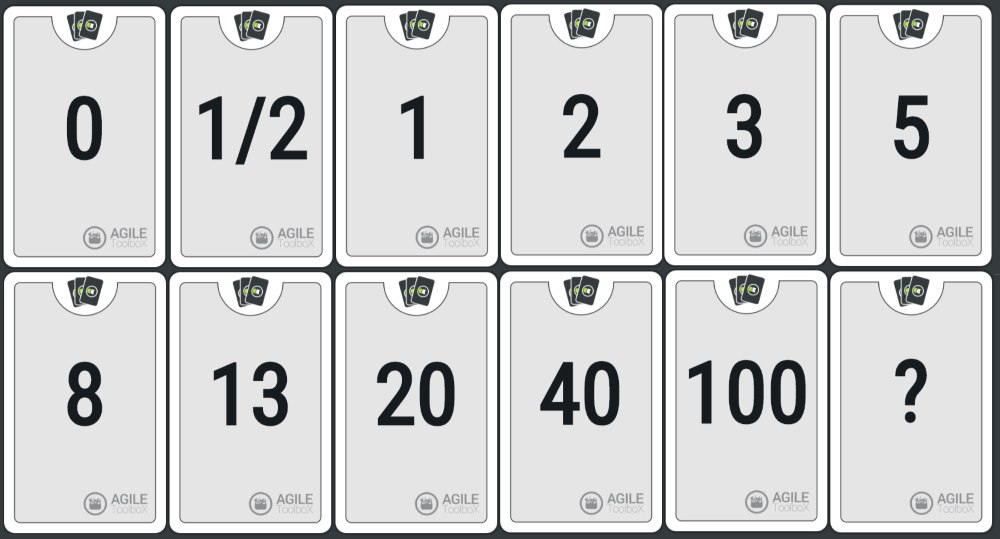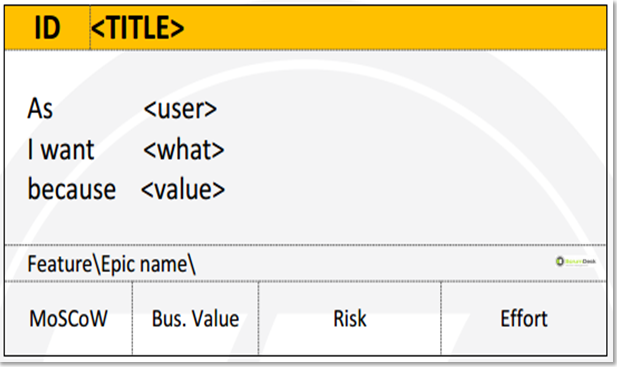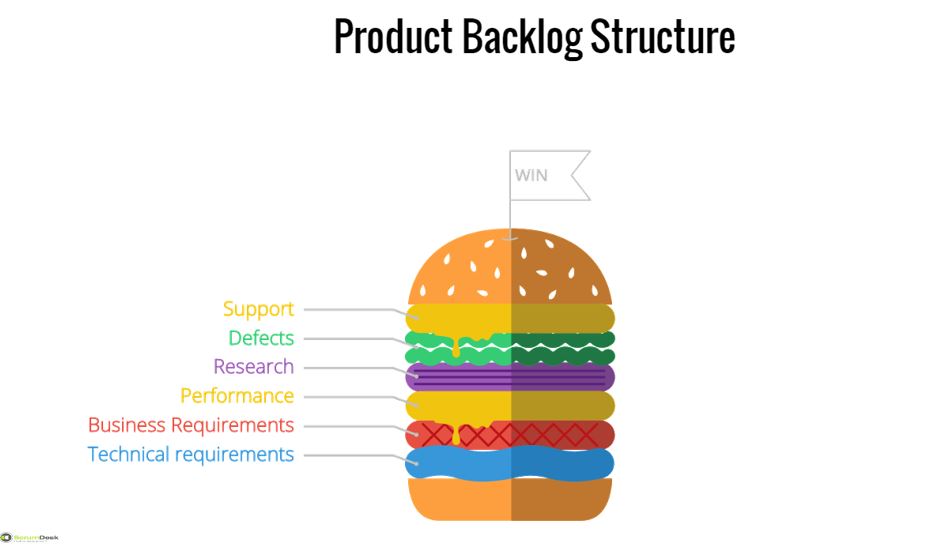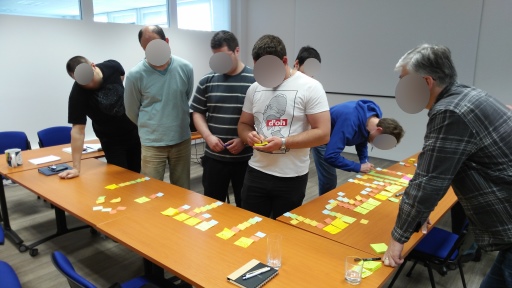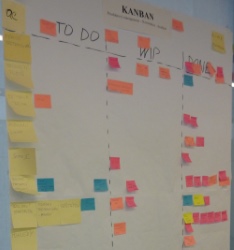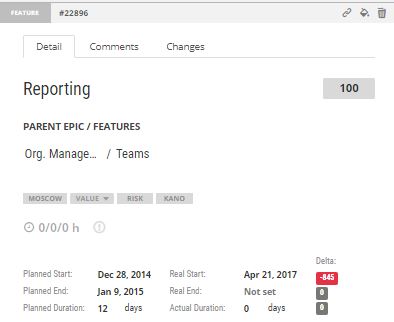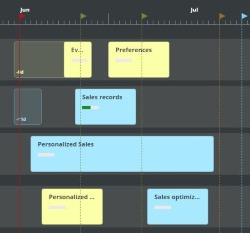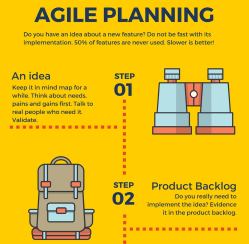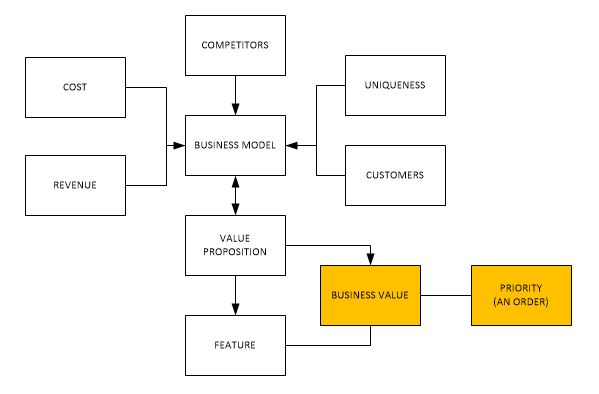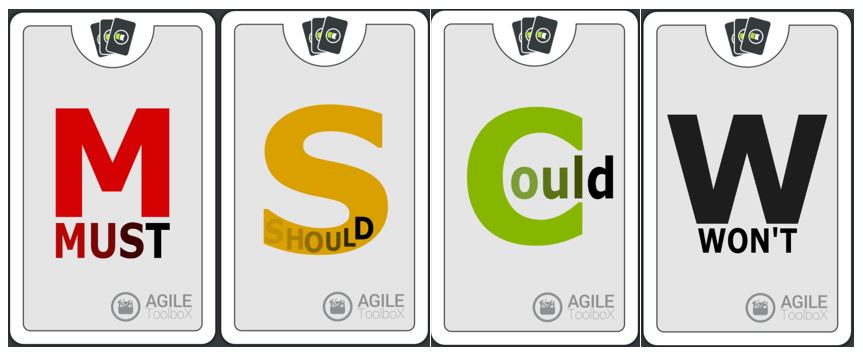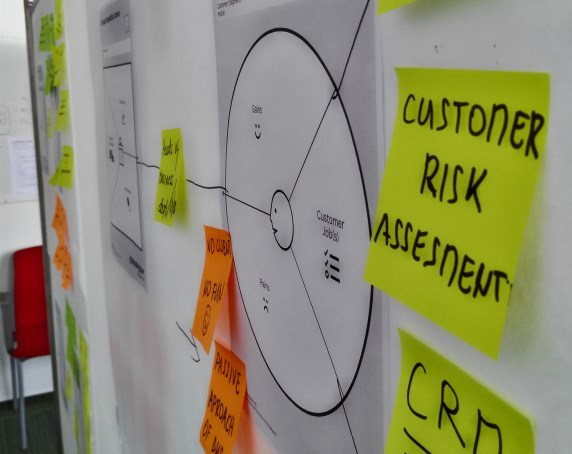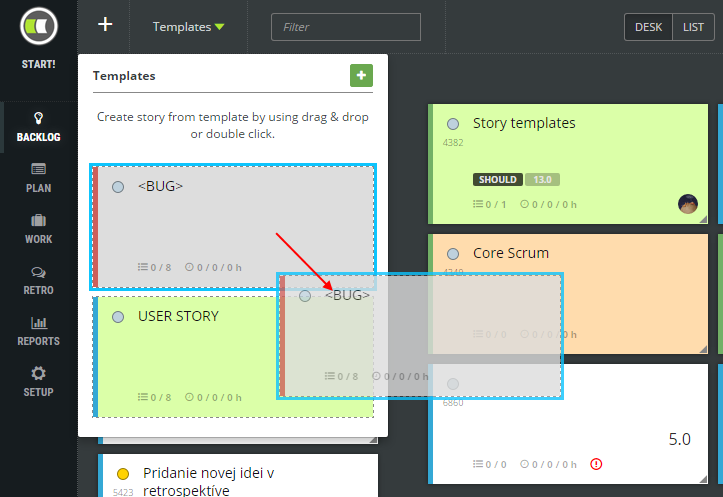Breaking Free from the Traditional Approach: Agile Estimation Techniques for Better Project Management
How to break free from the traditional way of estimation in projects with the help of Agile estimation techniques and principles? Estimation is a widespread practice that businesses impose a significant emphasis on. Businesses include the estimation in their processes as a must-have part. Typical reasons for the estimation include the following: To understand the [...]

